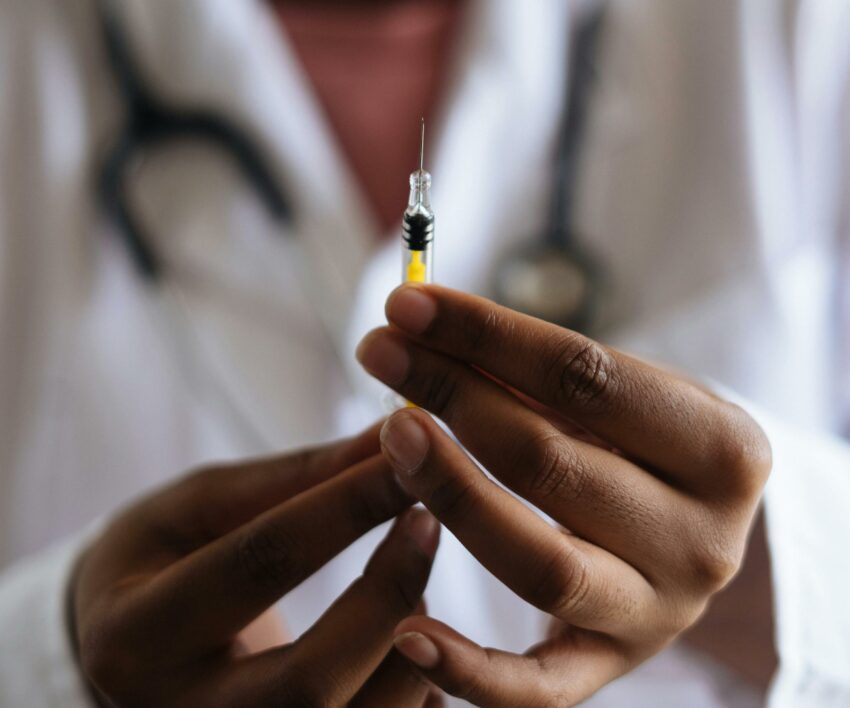
The World Health Organisation (WHO) declared the increasing spread of Mpox, formerly known as Monkeypox in Africa as a global health concern/emergency. Similarly, as the coronavirus, leaders and health experts have legitimate concerns that the virus will spread uncontrollably across the world, as multiple cases have already been reported outside of Africa.
“Today, we declare this PHECS to mobilize our institutions, our collective will, and our resources to act—swiftly and decisively. This empowers us to forge new partnerships, strengthen our health systems, educate our communities, and deliver life-saving interventions where they are needed most. There is no need for travel restrictions at this time,” explains Africa CDC Director General Dr. Jean Kaseya.
According to WHO, Monkeypox, or mpox is “An illness caused by the monkeypox virus. It is a viral infection which can spread between people and occasionally from the environment to people via things and surfaces that have been touched by a person with mpox. In settings where the monkeypox virus is present among some wild animals, it can also be transmitted from infected animals to people who have contact with them.”
The transition from using the word Monkeypox to Mpox was suggested due to the racist and stigmatising language that came about when the illness first started spreading earlier this year.
How does Mpox spread?
Mpox is an illness that spreads in multiple ways, whether it is from one person to another, from an animal to a human being or vice-versa.
Close contact with someone who has the virus helps spread the virus efficiently. This includes being face-to-face (speaking or breathing in close proximity with each other), it also includes any skin-to-skin or mouth-to-skin contact. According to WHO, the virus mostly spread through sexual contact during the 2022 outbreak.
“The virus can also spread during pregnancy to the fetus, during or after birth through skin-to-skin contact, or from a parent with mpox to an infant or child during close contact,” WHO explained.
Symptoms
According to the health publication Mayo Clinic, the symptoms of Mpox start roughly 3-17 days after one has been exposed, furthermore, the symptoms last approximately two to four weeks and they include:
- Fever
- Skin rash
- Swollen lymph nodes
- Headache
- Muscle aches and backaches
- Chills
- Tiredness
Furthermore, Mpox is often characterised by a rash that appears between one and four days of the fever. “The rash often started in the genital area, mouth, or throat. The mpox rash goes through many stages. Flat spots turn into blisters. Then the blisters fill with pus, scab over and fall off over a period of 2 to 4 weeks.”
Prevention and treatment
Health publication NHS explains that knowing and familiarising oneself with the signs and symptoms of Mpox is extremely helpful in preventing getting infected. If the Mpox virus is spreading in your area, avoiding as much close contact and interaction is imperative, furthermore constantly washing and sanitising one’s hands is important.
Although there is no specific treatment for Mpox, “An antiviral that was developed to treat smallpox (tecovirimat) was approved in January 2022 by the European Medicines Agency for the treatment of mpox under exceptional circumstances. Experience with these therapeutics in the context of an outbreak of mpox is growing but still limited,” says WHO.
Thanks to research conducted for smallpox, there are vaccines readily available at healthcare facilities to treat Mpox as well. Research so far suggests that although total immunity is not guaranteed, the vaccines offer a good level of protection from the virus, minimising the visible symptoms and side effects.
Also see: Second case of Monkeypox confirmed in South Africa




